Taga Harmony Platinum B-40 v.4 Manual
Læs gratis den danske manual til Taga Harmony Platinum B-40 v.4 (12 sider) i kategorien Højttaler. Denne vejledning er vurderet som hjælpsom af 11 personer og har en gennemsnitlig bedømmelse på 4.7 stjerner ud af 6 anmeldelser.
Har du et spørgsmål om Taga Harmony Platinum B-40 v.4, eller vil du spørge andre brugere om produktet?

Produkt Specifikationer
| Mærke: | Taga Harmony |
| Kategori: | Højttaler |
| Model: | Platinum B-40 v.4 |
Har du brug for hjælp?
Hvis du har brug for hjælp til Taga Harmony Platinum B-40 v.4 stil et spørgsmål nedenfor, og andre brugere vil svare dig
Højttaler Taga Harmony Manualer
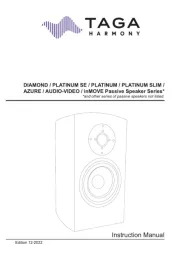
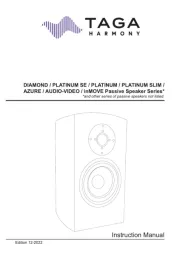
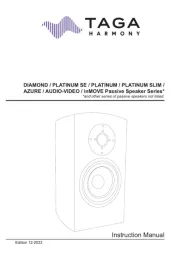
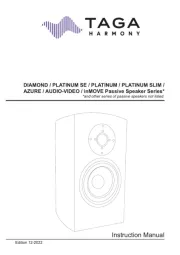
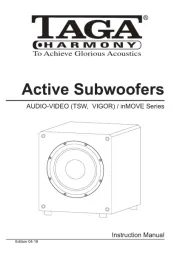
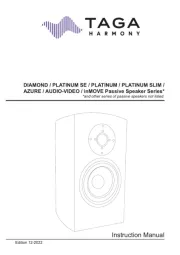
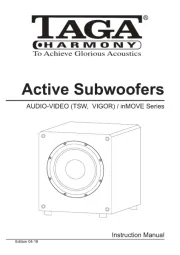
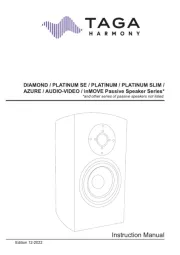
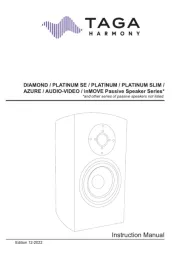
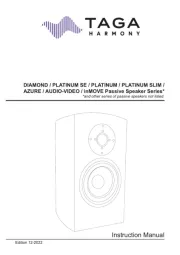
Højttaler Manualer
- Fun Generation
- Teufel
- Ibiza Sound
- Quad
- Auvisio
- Gear4
- HuddleCamHD
- Taramp’s
- Kogan
- Allview
- Cerwin-Vega
- Grundig
- Karma
- Oregon Scientific
- Maxell
Nyeste Højttaler Manualer









